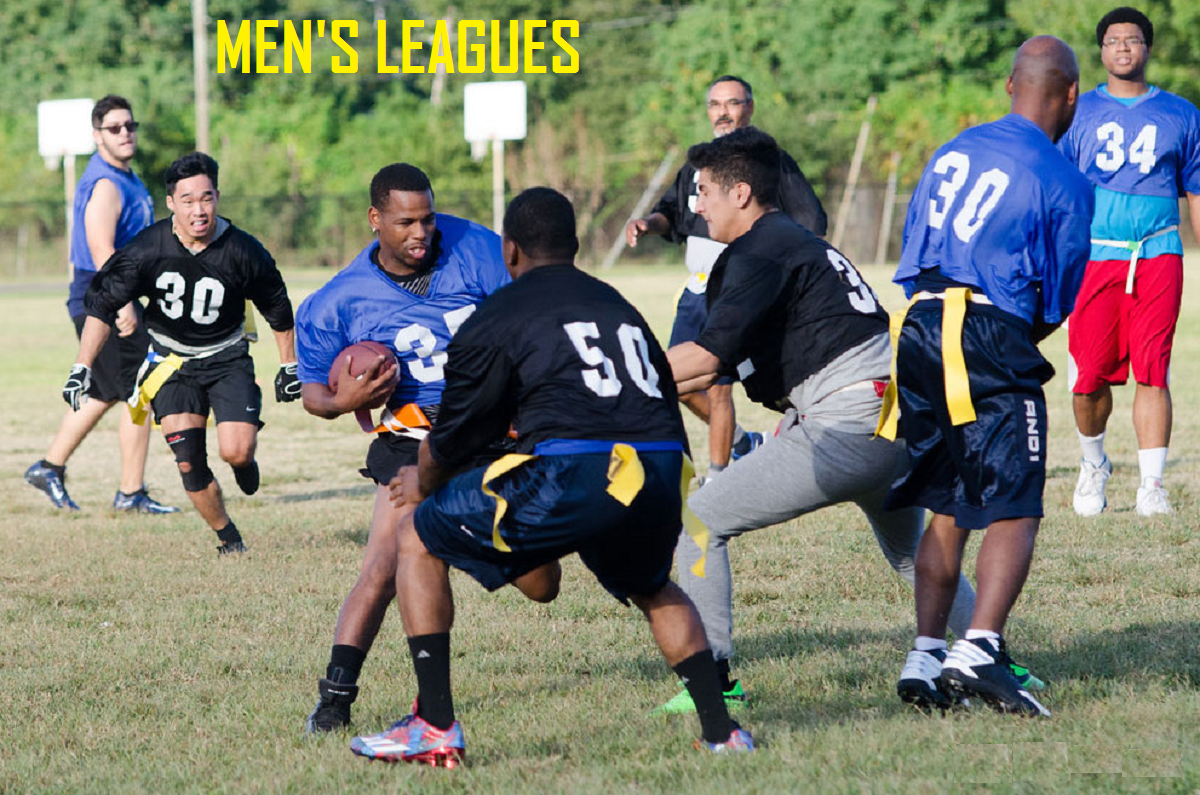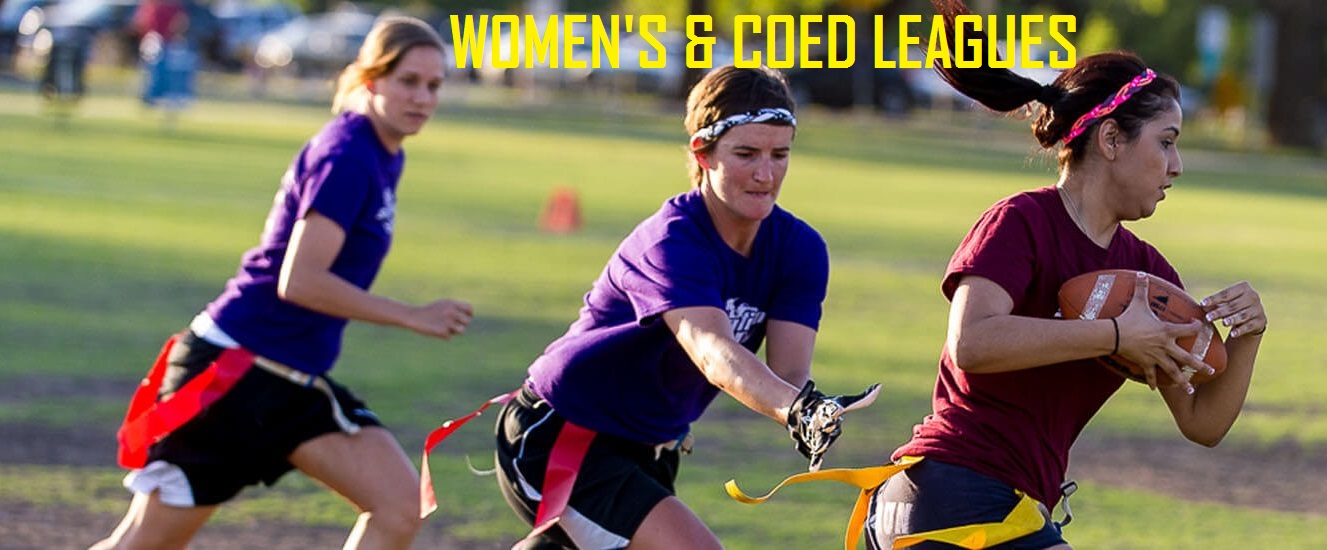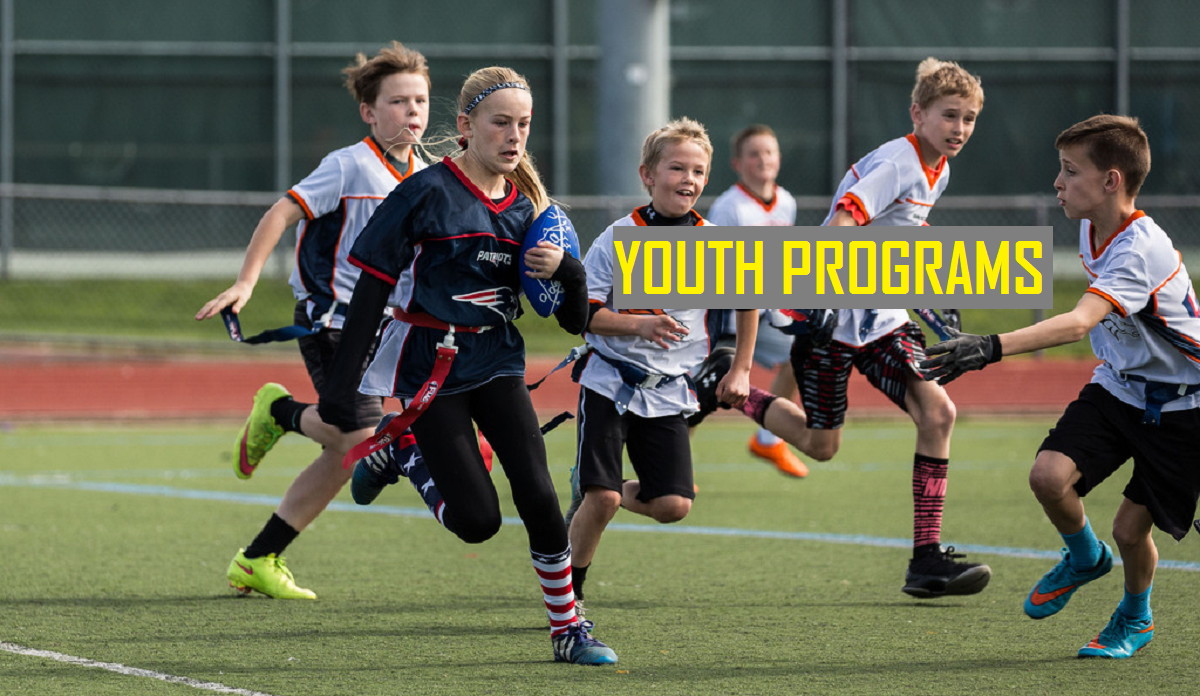COVID-19 HEALTH AND SAFETY PROTOCOLS
General Safety Information
- Football gloves are recommended but not mandatory
- Masks are recommended when not in game play and when leaving and entering the facilities but not mandatory
- NO SPECTATORS ALLOWED
- This may change during the season but for now, this rule must be followed.
- This means no children or partners on the sidelines, players only!
- Any spectators will be asked to leave immediately
- This may change during the season but for now, this rule must be followed.
- Players can show up no earlier then 5-10 minutes before their game
- Once your game has concluded, you are to leave the field or facility immediately
- At least two metres distancing should be maintained between all individuals, except members of the same household, when off the field of play (e.g. on benches, during intermission)
- Contact must be minimized whenever possible
Player Screening and Check-Ins
- When teams arrive at the field, they will still be required to check in with the league staff at their field
- This is to track who is attending games, for statistical purposes, and for COVID-19 screening
- By checking in, they are answering NO to the following questions:
- Do you have any of the following symptoms: severe difficulty breathing, chest pain, confusion, extreme drowsiness, or loss of consciousness?
- Do you have a new onset of any of the following symptoms: fever/chills, cough, sore throat/hoarse voice, shortness of breath, loss of taste or smell, vomiting, or diarrhea for more than 24 hours?
- Were you exposed to someone who is under investigation for COVID-19 or has been confirmed as having COVID-19 in the last 14 days?
- In the past 14 days have you returned from international travel?
Game Play
- When a flag is pulled by a defender, they are to drop the flag on the ground immediately and it will be up to the ball carrier to pick up their own flag
- There will no longer be a penalty for this, unless a player blatantly throws the flag away from the ball carrier
- Game Day Rosters:
- Teams cannot have more then 12 players at their game. This is to remain under gathering limits per field including league staff.
- If you have more than 12 teammates they will have to rotate games
- Players cannot switch out at any time. The players who start the game must finish the game
- Teams cannot have more then 12 players at their game. This is to remain under gathering limits per field including league staff.
- Handshakes are NOT allowed
- Teams must always stay in their own sideline area when not on the field of play, this will be marked by cones
- Officials will be maintaining 2 meters distance as best as possible during games
- When speaking to officials, please respect physical distancing
- Two footballs will be used during game play, one for each team
- Balls will be sanitized during turnovers, at half time, & and the end of the game
- Composite balls are recommended, as cleaning leather footballs with sanitizer will dry them out and greatly reduce their life expectancy
Facilities and Fields
- Where washrooms are available, it is recommended that players come changed and ready to play
- When entering and exiting the field, players are to walk around the field. Do not walk through game fields
- When walking onto the field, or into the facility, please respect physical distancing from other players and league staff
- Signage will be posted and hand sanitizer will be provided upon entering the facility and will be available at each field on the stats tables
- Hand sanitizer will be available for player to use, please ask league staff for some
General Safety Information & Guidelines Symptoms
If for any reason a player or immediate family member is experiencing the following symptoms, they should refrain from attending any group activity:
- Fever
- Chills
- Cold or Flu-like symptoms
- Runny nose
- Headache
- Loss of sense of taste or smell
- Aches and pains
- Shortness of breath or difficulty breathing
- Sore throat
If a player or immediate family member has travelled internationally or received a diagnosis of COVID-19 they must isolate for 14 days or until it is determined they are no longer a threat to public health.
What is COVID-19?
Coronaviruses are a large family of viruses. They can cause diseases ranging from the common cold to more severe diseases such as Severe Acute Respiratory Syndrome (SARS) and Middle East Respiratory Syndrome (MERS-CoV). Some cause illness in people, while others circulate among animals. Some coronaviruses transmit easily from person to person while others do not. COVID-19 is a new virus that has not been previously identified. At present it is causing mild to moderately severe symptoms and some deaths. The virus spreads through close person-to-person contact. As with new viruses, further details will be available as we learn more.
How COVID-19 Spreads
The infection transmits via coughing and sneezing (droplet transmission). It can also be spread by touching surfaces with the virus on it and then touching your mouth, nose, or eyes before washing your hands. While it is not yet known exactly how long COVID-19 lives on surfaces, preliminary evidence suggests it can live on objects and surfaces from a few hours to several days. Therefore, isolation at home or hospital is important to prevent transmission. It is recommended to maintain a social distance of ideally two meters and at minimum one meter.
Treatment
As with most respiratory illnesses, most people with COVID-19 illness will recover on their own. There is no specific treatment for disease caused by COVID-19. Severe or worsening symptoms may require supportive treatment in hospital. If symptoms feel worse than a standard cold, see a health care provider or call HealthLine at 811. If HealthLine 811 recommends you seek acute care, they will provide instruction to call ahead. Currently, there is no approved vaccine that protects against coronaviruses, including COVID-19.
How to Protect Yourself
Currently, there is no approved vaccine that protects people against coronaviruses. As a respiratory illness, the best method to protect yourself against COVID-19 is to practice everyday preventive actions, including:
- Practise proper cough and sneezing etiquette (into a tissue or the bend of your elbow);
- Wash your hands often with soap and water; if soap and water are not available, use an alcohol-based hand sanitizer;
- Avoid touching your eyes, nose and mouth with unwashed hands;
- Clean and disinfect your home regularly;
- Maintain safe food practices;
- Avoid close contact with people who are sick;
- Avoid unnecessary travel to affected areas; and
- Avoid large crowds and practice physical distancing (do not shake hands, hug or kiss)
Evidence suggests wearing a surgical/medical mask does not prevent the wearer from becoming sick; however, it may provide an additional layer of protection for those around them if they are sick. The World Health Organization supports wearing a medical mask as one prevention measure that can limit the spread of certain respiratory viral diseases, including COVID-19. If a mask is worn, it should be done in addition to other preventative measures as noted above, and not in place of them. If you are experiencing respiratory symptoms such as cough or difficulty breathing, you should wear a surgical mask when seeking medical care at a health facility. If possible, please phone the facility prior to attending. If you are going to a health care facility for treatment, are experiencing respiratory symptoms and do not have a mask, ask for one at the admission desk and one will be provided to you.



